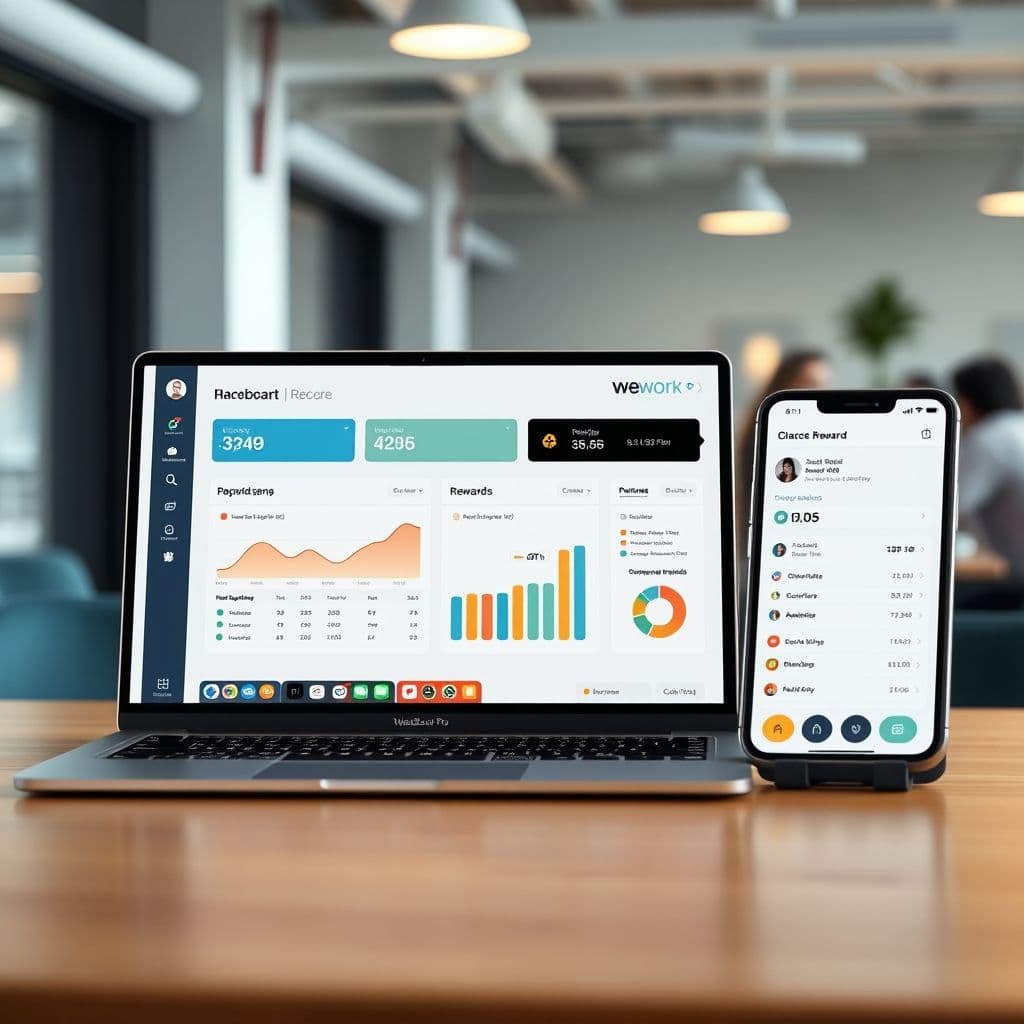The Future of Gamified Productivity: A Cross-Platform SaaS Solution

Gamified productivity tools like Spirit City: Lofi Sessions have revolutionized how we approach work and study by making productivity fun and rewarding. However, a significant pain point remains: the lack of accessibility across different platforms. Many users are frustrated that such tools are often limited to Windows, leaving Mac and mobile users out of the loop. This article explores the problem in depth and presents a hypothetical SaaS solution that could bridge this gap.
The Problem: Limited Accessibility and Platform Restrictions
The current landscape of gamified productivity tools is plagued by platform exclusivity. Tools like Spirit City: Lofi Sessions are only available on Windows via Steam, leaving Mac and mobile users without access. This limitation has sparked frustration among users who crave the same engaging, reward-based productivity experience on their preferred devices. Comments like 'How dare you introduce me to this when it’s only for WINDOWS 😭💔❤️🩹' and 'I wish they had this for Mac🥺' highlight the widespread demand for cross-platform solutions.
Beyond platform restrictions, affordability is another concern. Many users are hesitant to pay for premium tools, as evidenced by comments like '$11.99 imma cry' and 'I need something similar to this but free.' These pain points underscore the need for a more inclusive and flexible solution.

The SaaS Idea: A Cross-Platform Gamified Productivity Tool
Imagine a gamified productivity SaaS tool that offers the same engaging experience as Spirit City but is accessible on Windows, Mac, iOS, and Android. This hypothetical solution would eliminate platform barriers, allowing users to seamlessly switch between devices while maintaining their progress and rewards. The tool could feature customizable avatars, cozy virtual environments, and a Pomodoro timer, all synchronized across platforms.
To address affordability concerns, the SaaS could offer a freemium model with a free tier for basic features and premium subscriptions for advanced functionalities. This approach would cater to budget-conscious users while providing revenue streams for ongoing development and updates.

Potential Use Cases
This cross-platform tool could serve a wide range of users. Students could use it to stay focused during study sessions, switching from their laptop to their phone while commuting. Remote workers could maintain productivity across their home office setup and mobile devices. Even casual users could benefit from the gamified approach to everyday tasks, making chores and errands more engaging.
Conclusion
The demand for a cross-platform, affordable gamified productivity tool is clear. By addressing platform exclusivity and pricing concerns, a SaaS solution like this could revolutionize how we approach productivity, making it accessible and enjoyable for everyone, regardless of their device or budget. The success of tools like Spirit City proves the potential—now it's time to expand that potential to all users.
Frequently Asked Questions
- How feasible is it to develop a cross-platform gamified productivity tool?
- Developing a cross-platform tool is technically feasible with modern frameworks like React Native or Flutter, which allow for code reuse across platforms. The main challenges would be ensuring seamless synchronization and maintaining a consistent user experience across devices.
- What features would be essential for a freemium model?
- The free tier could include basic task management and a limited selection of avatars and environments. Premium features might include advanced customization, exclusive rewards, and integration with other productivity tools.
- How could this tool differentiate itself from existing productivity apps?
- By combining gamification with cross-platform accessibility and a cozy, engaging interface, this tool could stand out from traditional productivity apps that often lack the fun, reward-based elements that keep users motivated.


